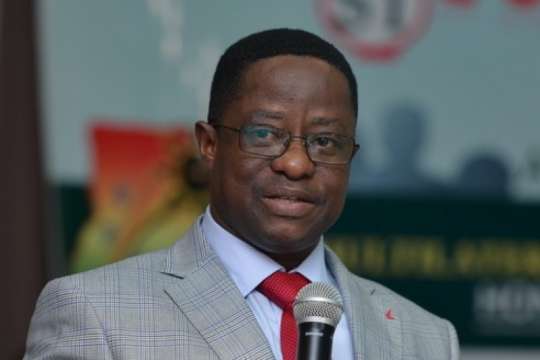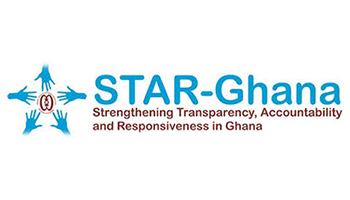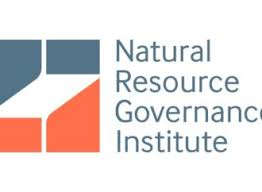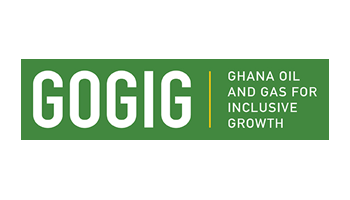Block GH_WB_05 is covered with limited 20 and 3D seismic data and has water depth ranging from 1800 to 4500 metres.
The discovery of Dzata-l well in the Cenomanian and Albian established a working petroleum system within the area and there is a likelihood that another petroleum system can be established in deeper horizons.
Block GH_WB_06 also lies in ultra-deep water with depth ranging from 3,500 to 4,500 metres. This block, on the other hand, has limited 2D seismic data coverage and no exploration well has ever been drilled in this area.
1. The water depths of blocks GH__WB_05 and GH_WB_06 severely test the limits of modern technology and would take research and development to optimally develop and exploit discovered resources.
2. The setting in ultra-deepwater results in high drilling cost, therefore, increased emphasis on full regional technical understanding and experience in exploration in similar geological plays prior to drilling is essential.
3. Critical success factors in any petroleum basin such as Ghana’s is the attraction and retention of International Oil Companies (IOCs) with the relevant technical expertise and sound financial capability with access to both capital and project finance.
The aforementioned reasons have necessitated the Ministry to target companies with expertise in ultra-deepwater exploration and production, with emerging subsea technology for the award of explorations licences for the two blocks (GH_WB__OS and GH_WB_06) through direct negotiations. The Licensing Round, Energy Ministry said is to enable the Government of Ghana to accelerate upstream activities so as to increase reserves and production of petroleum resources.
Also, the objective of the first Oil and Gas License Round, pursuant to Regulation 16 (2a) of the Petroleum (Exploration and Production) (General) Regulations, LJ 2359, is for the Government of Ghana to have significant participation interest as defined in the evaluation criteria.
The discovery of Dzata-l well in the Cenomanian and Albian established a working petroleum system within the area and there is a likelihood that another petroleum system can be established in deeper horizons.
Block GH_WB_06 also lies in ultra-deep water with depth ranging from 3,500 to 4,500 metres. This block, on the other hand, has limited 2D seismic data coverage and no exploration well has ever been drilled in this area.
1. The water depths of blocks GH__WB_05 and GH_WB_06 severely test the limits of modern technology and would take research and development to optimally develop and exploit discovered resources.
2. The setting in ultra-deepwater results in high drilling cost, therefore, increased emphasis on full regional technical understanding and experience in exploration in similar geological plays prior to drilling is essential.
3. Critical success factors in any petroleum basin such as Ghana’s is the attraction and retention of International Oil Companies (IOCs) with the relevant technical expertise and sound financial capability with access to both capital and project finance.
The aforementioned reasons have necessitated the Ministry to target companies with expertise in ultra-deepwater exploration and production, with emerging subsea technology for the award of explorations licences for the two blocks (GH_WB__OS and GH_WB_06) through direct negotiations. The Licensing Round, Energy Ministry said is to enable the Government of Ghana to accelerate upstream activities so as to increase reserves and production of petroleum resources.
Also, the objective of the first Oil and Gas License Round, pursuant to Regulation 16 (2a) of the Petroleum (Exploration and Production) (General) Regulations, LJ 2359, is for the Government of Ghana to have significant participation interest as defined in the evaluation criteria.

 As part of the first oil and gas licensing round, the Ministry of Energy has invited bids from Oil and Gas companies, for direct negotiations without a public tender in respect of two of the Blocks GH__WB_05 and GH_WB_06, offshore Ghana. Interested companies as per the requirement must have relevant experience in ultra-deepwater exploration and production, with emerging subsea technology. The direct negotiations are in pursuant to Section (10) Subsection (9) of the Petroleum (Exploration and Production) Act 2016, Act 919 and in accordance with the principles of good governance, transparency and accountability.These blocks according to data are found in the area relinquished by Vanco and Lukoil and are to be awarded to companies that have a track record of delivering projects on time and within budget.
As part of the first oil and gas licensing round, the Ministry of Energy has invited bids from Oil and Gas companies, for direct negotiations without a public tender in respect of two of the Blocks GH__WB_05 and GH_WB_06, offshore Ghana. Interested companies as per the requirement must have relevant experience in ultra-deepwater exploration and production, with emerging subsea technology. The direct negotiations are in pursuant to Section (10) Subsection (9) of the Petroleum (Exploration and Production) Act 2016, Act 919 and in accordance with the principles of good governance, transparency and accountability.These blocks according to data are found in the area relinquished by Vanco and Lukoil and are to be awarded to companies that have a track record of delivering projects on time and within budget.

